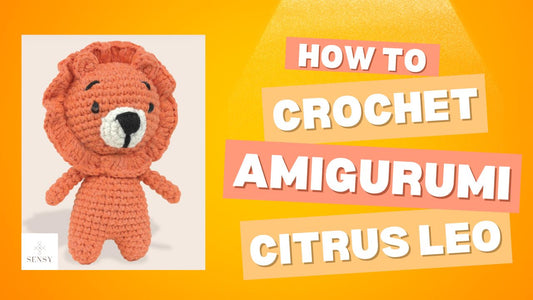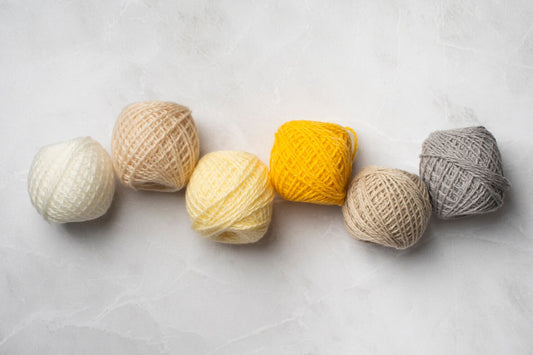
Knit vs. Crochet vs. Yarn Crafting: What Are They Exactly?
When you ask dedicated crocheters or knitters why delving into their craft is worthwhile, they often extol its exquisite beauty and adaptability. While some may contend that one technique is quicker than the other or that one is more stylish, the decision ultimately lies with you. Our aim is for you to become proficient in both, allowing you to make an informed choice.
Crochet

Crochet stands out as a remarkably adaptable and widely embraced technique for crafting an array of fashion and home décor embellishments. All you need to embark on a crochet project are a hook and yarn. The choice of yarn significantly influences the resulting fabric, with different types yielding varying textures. Employing lighter weight or softer yarns alongside assorted crochet stitches produces a delicate, flowy fabric, while opting for thicker yarns yields sturdier outcomes. The charm of crochet lies in its capacity to effortlessly create intricate textured and raised stitches. Moreover, crocheting with fine threads allows for the creation of intricate lace projects such as doilies, as well as strings or cords.
The crochet process typically commences with a slip stitch, wherein the yarn is wrapped around the hook and a loop is pulled through the stitch. This foundational step establishes the basic chain stitch, forming the groundwork for subsequent rows of stitches.
Crocheting can proceed in two primary manners: either in rows to maintain a flat work surface, or by joining stitches to form a ring and proceeding to work in the round.
Knit

Knitting has long held its status as the preferred technique for crafting sweaters, primarily due to its capacity for intricate detailing and vibrant color patterning, as well as the supple, draping quality of the resulting fabric. The cornerstone of knitting lies in its two fundamental stitches — the knit stitch and the purl stitch — which can be utilized individually or in combination to generate an extensive array of other stitches.
To embark on a knitting project, you'll need two needles and a continuous strand of yarn. The process typically begins with creating a slip knot on one needle and "casting on" the requisite number of stitches for the project, establishing the foundation row on one needle. The basic stitches are formed by manipulating both needles, with the yarn wrapped around one needle and then drawn through loops on the other needle.
Circular knitting needles, characterized by their elongated, flexible design featuring a point on each end, are increasingly gaining favor. These needles offer the advantage of seamless construction, eliminating the need for seams and the constant turning of the work at the end of each row.
Crafting with Yarn








